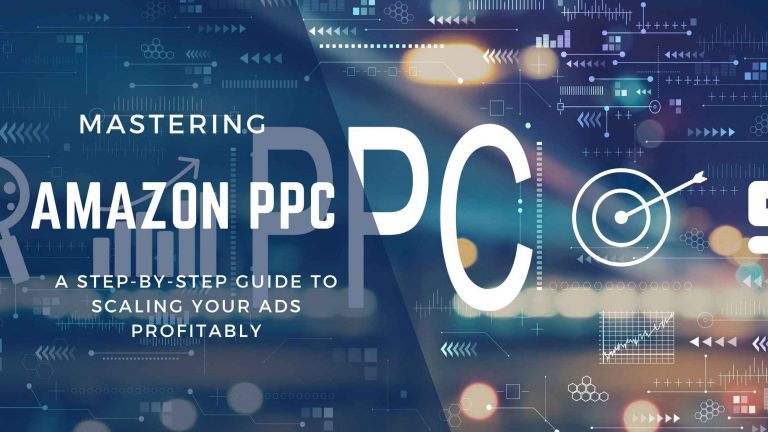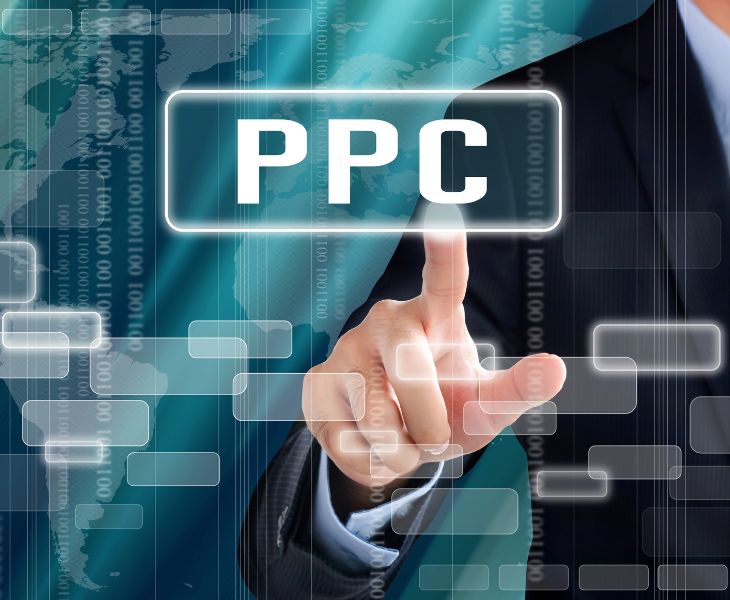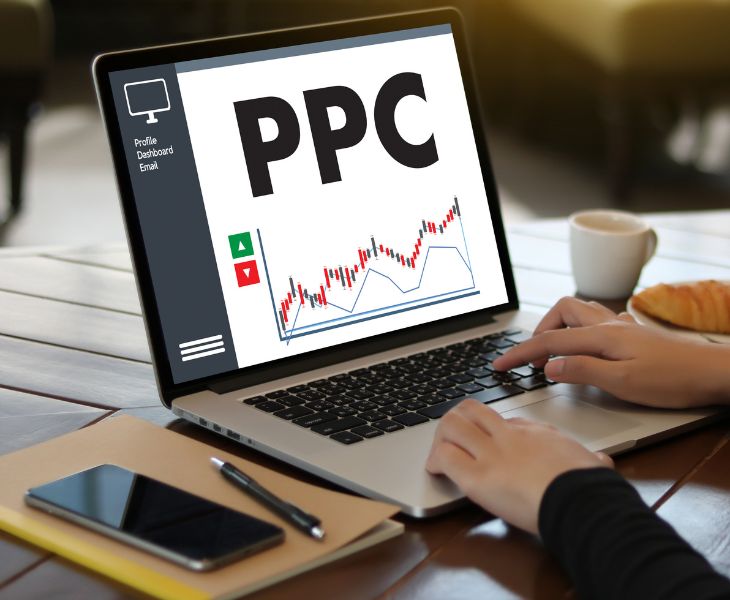Running profitable Amazon PPC campaigns is essential for boosting sales, increasing visibility, and growing your brand. However, without a well-optimized strategy, ad costs can quickly add up, leading to high ACoS (Advertising Cost of Sales) and low returns.
In this guide, we’ll walk you through a step-by-step process to master Amazon PPC, from keyword research to bid optimization and scaling your ads without overspending.
Understanding Amazon PPC & Types of Ads
a. Overview of Amazon PPC and How the Ad Auction Works
Amazon PPC (Pay-Per-Click) is an auction-based advertising system where sellers bid on keywords to display their products in search results. The highest bidder with a relevant, optimized listing wins the top spot, leading to higher click-through rates (CTR) and conversions.
b. Types of Amazon PPC Ads & When to Use Them
- Sponsored Products – Best for individual product promotion. Ideal for driving sales and ranking new products.
- Sponsored Brands – Showcases multiple products from a brand. Great for brand awareness and upselling complementary products.
- Sponsored Display – Retargets past customers and competitors’ customers. Useful for brand protection and increasing conversions.
When to Use Each Ad Type for Maximum ROI:
- Use Sponsored Products for high-converting keywords.
- Use Sponsored Brands to build brand awareness and showcase your product line.
- Use Sponsored Display to retarget shoppers who viewed or purchased similar products.
Keyword Research with Helium10 Magnet & Cerebro
a. Finding Competitor Keywords with Cerebro & Reverse-Engineering Their Strategy
Helium10’s Cerebro allows you to analyze competitor ASINs and discover which keywords drive their sales.
Steps to find competitor keywords:
- Copy a competitor’s ASIN from Amazon.
- Paste it into Helium10 Cerebro to extract their ranking keywords.
- Sort keywords by high search volume and low competition.
- Add these winning keywords to your manual PPC campaigns.
b. Using Helium10 Magnet to Discover High-Volume Keywords
Helium10’s Magnet tool helps you find high-volume, relevant keywords to target in your campaigns.
Steps to use Magnet for keyword research:
- Enter your main product keyword in Magnet.
- Apply filters for search volume, competition, and relevancy.
- Extract top-performing keywords to use in your PPC campaigns and listing optimization.
c. Filtering Keywords Based on Search Volume, Relevancy & Competition
- High-Volume, Low-Competition Keywords = Ideal for profitable PPC.
- Low-Volume, High-Relevancy Keywords = Great for long-tail conversions.
- Broad & Generic Keywords = Best for brand awareness but can be costly.
Tip: Start with precise, relevant keywords before expanding to broader, high-volume terms.
Setting Up Auto vs. Manual Campaigns
a. When to Use Automatic Campaigns for Broad Data Collection
Amazon Auto Campaigns are useful when:
1. Launching a new product (Amazon finds keywords for you).
2. Collecting data on which search terms drive conversions.
3. Testing broad keyword variations before refining strategy.
b. Transitioning from Auto to Manual Campaigns for Better Control
Once you have data from auto campaigns, move to manual campaigns for precise targeting and cost control.
c. Structuring Manual Campaigns: Exact, Phrase & Broad Match
- Exact Match – Targets specific keywords for high-accuracy and conversions.
- Phrase Match – Covers variations of the keyword for moderate reach & efficiency.
- Broad Match – Casts a wide net, bringing in more traffic but requiring higher filtering.
Tip: Separate campaigns by match type to analyze performance efficiently.
Bid Optimization Strategies for Lower ACoS
a. Adjusting Bids Based on Conversion Rates & Profitability
- High-converting keywords → Increase bids to win more placements.
- Low-converting keywords → Lower bids to reduce wasted ad spend.
- No conversions after 30 clicks → Pause or remove the keyword.
b. Using Placement Modifiers to Boost Top-of-Search Visibility
Amazon allows bid adjustments for:
- Top of Search Placement (High-converting; increase bids here).
- Rest of Search & Product Pages (Lower-converting; lower bids).
Tip: Monitor placement reports and allocate more budget to top-performing placements.
c. Analyzing PPC Reports for Performance Insights
Regularly review Amazon PPC reports to:
1. Identify which keywords bring the highest conversions.
2. Reduce spend on low-performing campaigns.
3. Adjust bids based on real-time data.
Scaling Your PPC Without Overspending
a. Expanding Successful Campaigns to Broader Audiences
Once you identify high-performing keywords, expand them by:
- Increasing daily budgets for best-performing campaigns.
- Adding closely related keywords to capture more traffic.
b. Retargeting Past Customers with Sponsored Display Ads
Sponsored Display ads allow sellers to:
1. Show ads to customers who viewed your product but didn’t buy.
2. Retarget past buyers to promote complementary products.
3. Defend your listing from competitor ads.
c. Using Negative Keywords to Cut Wasted Ad Spend
Negative keywords prevent ads from showing for irrelevant searches, saving money on unqualified clicks.
Examples:
- If selling organic dog food, add negative keywords like “cat food” or “cheap dog food”.
- If selling luxury watches, add negative keywords like “budget watches”.
Tip: Regularly update your negative keyword list based on PPC reports.
Conclusion
Mastering Amazon PPC requires a combination of smart keyword research, structured campaign management, and data-driven optimization. By following the strategies in this guide, you can scale your ads profitably, reduce wasted spend, and improve your ACoS.
Key Takeaways:
- Use Helium10 Magnet & Cerebro to find high-converting keywords.
- Start with Auto Campaigns, then refine targeting with Manual Campaigns.
- Optimize bids based on performance data to lower ACoS.
- Retarget customers with Sponsored Display Ads to increase conversions.
- Expand successful campaigns & use negative keywords to cut ad waste.
Ready to take your Amazon PPC campaigns to the next level? Start implementing these strategies today and watch your sales and profitability grow!






